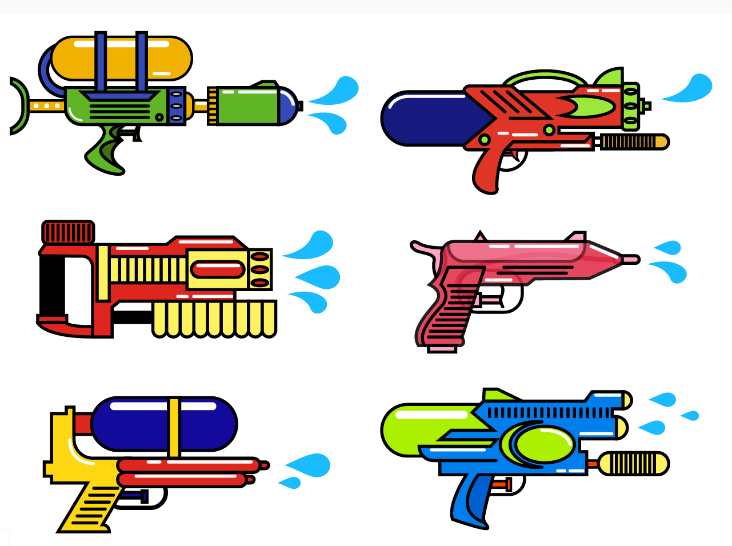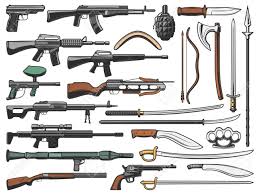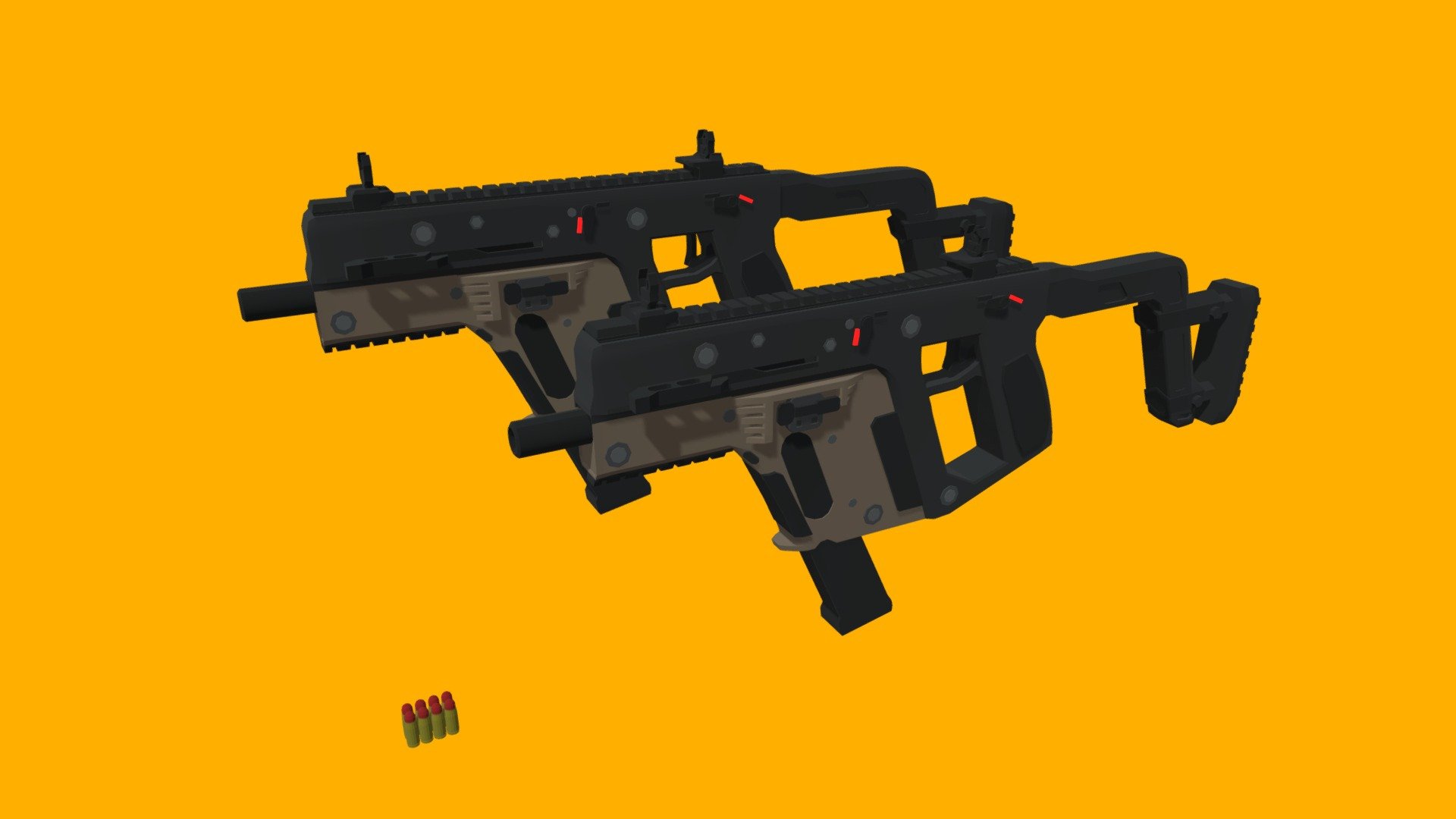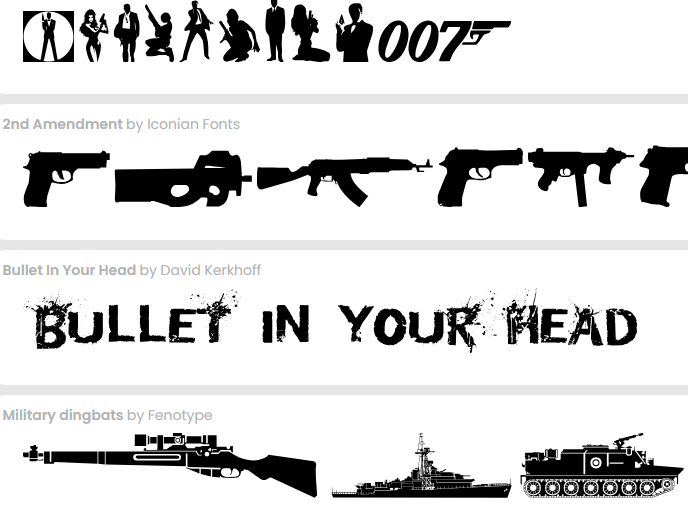In today’s visual-centric world, graphics and vectors play a crucial role in creating impactful designs. For certain projects, such as military-themed illustrations, gaming artwork, or security-related visuals, incorporating weapon and gun vectors can add a sense of strength, intensity, and purpose. In this article, we will explore the significance of weapon and gun vectors in visual design and discuss how these graphic files can enhance the overall impact of your creative endeavors.

The Power of Weapon and Gun Vectors
Weapon and gun vectors offer a dynamic and versatile visual element that can elevate the impact of various design projects. These graphic files consist of scalable and editable vector shapes depicting firearms, ammunition, and related accessories. By utilizing weapon and gun vectors, designers can achieve several key benefits:
Realism and Accuracy – Weapon vectors enable designers to depict firearms and weaponry with precision and accuracy. Whether it’s creating illustrations for military training manuals, designing game assets, or developing security-related visuals, these vectors ensure that the representation of weapons is authentic and faithful to their real-life counterparts.
Flexibility and Scalability – Vector graphics can be resized and scaled without compromising their quality. This flexibility allows designers to adapt weapon and gun vectors to various design contexts, from small icons to large-format prints. This scalability ensures that the visual impact of the weaponry remains intact, regardless of the size or resolution of the final output.
Customization and Adaptability – Weapon vectors are typically provided in editable formats, such as EPS or AI files. Designers can easily modify colors, shapes, and other attributes to suit their specific design requirements. This customization ability ensures that the weapon graphics seamlessly integrate with the overall visual style and branding of the project.
Consistency and Cohesion – By utilizing weapon and gun vectors, designers can maintain a consistent visual language throughout their projects. Whether it’s creating a series of illustrations or developing a comprehensive gaming environment, using vector-based graphics ensures a cohesive and harmonious design aesthetic.
Utilizing Weapon and Gun Vectors
When incorporating weapon and gun vectors into your design projects, it’s essential to follow a few best practices to ensure their effective usage:
Research and Accuracy – If you’re aiming for realism, conduct thorough research on the specific weapons you intend to depict. Pay attention to details such as gun models, ammunition types, and accessories. Accuracy in representation enhances the credibility of your visuals.
Context and Sensitivity – Consider the context and purpose of your design. If you’re creating visuals related to law enforcement, military, or gaming, ensure that the depictions align with the intended tone and message. Exercise sensitivity and avoid promoting violence or glamorizing weaponry irresponsibly.

Composition and Balance – Integrate weapon vectors thoughtfully within your overall design composition. Ensure that they complement other design elements, such as typography, colors, and imagery. Strive for visual balance and avoid overcrowding or overwhelming the viewer.
Legal and Copyright Considerations – When using weapon vectors, respect copyright and licensing requirements. Ensure that you have the necessary rights and permissions to use the graphics in your projects. Consider sourcing vectors from reputable stock image websites or hiring a professional designer to create custom vectors.
Ethical Responsibility – Be mindful of the potential impact of weapon visuals on your audience. Consider age appropriateness, cultural sensitivities, and the potential effects on individuals who may have experienced trauma. Exercise responsible design practices and use weapon vectors responsibly and thoughtfully.
Weapon and gun vectors provide designers with a powerful visual tool to enhance the impact of their creative projects. With their ability to convey strength, intensity, and purpose, these graphic files are integral in creating realistic and versatile depictions of firearms. By utilizing editable file formats such as EPS (Encapsulated PostScript), AI (Adobe Illustrator), and SVG (Scalable Vector Graphics), designers can customize, scale, and adapt weapon and gun vectors to suit their specific design requirements.
EPS files are widely supported and compatible across various design software. They preserve the scalability and editability of vectors, making them ideal for resizing without losing quality. AI files, native to Adobe Illustrator, offer extensive editing capabilities, allowing designers to modify colors, shapes, and other attributes with precision. SVG files, a widely used web standard, are resolution-independent and can be easily displayed on different devices and screen sizes, making them suitable for web-based designs.
When working with weapon and gun vectors, it’s crucial to choose the appropriate file format based on your specific needs and design workflow. EPS, AI, and SVG formats ensure that the vectors retain their quality, scalability, and editing capabilities, providing designers with the flexibility to adapt the graphics to different sizes and contexts.

